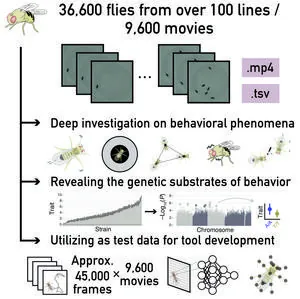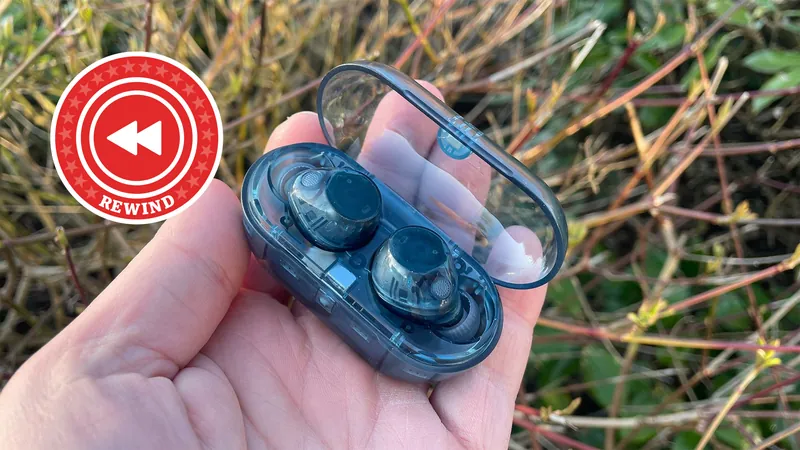
Unlocking the Secrets of Behavior: How Fruit Flies Are Shaping Genetic Research
2025-04-14
Author: Arjun
The Genetics of Action: A Fascinating Frontier
Years of exploration into genetics have unveiled remarkable insights into heredity—from eye color to disease susceptibility. Yet one of the most riveting questions remains: how do our genes shape our behaviors? Despite incredible advancements in the field, understanding the genetic underpinnings of behavior has emerged as one of biology’s most captivating challenges.
The Mighty Fruit Fly: A Research Powerhouse
To tackle the complexities of behavior, scientists often turn to simpler organisms, and fruit flies—specifically, Drosophila melanogaster—have proven to be invaluable. Sharing many genes with humans that are linked to various diseases, these tiny insects offer a remarkable model for studying the connections between genetics and behavior. Their short lifespan and rapid reproduction make it easier for researchers to conduct large-scale studies efficiently.
A Groundbreaking Study on Behavioral Patterns
Recently, a research team led by Assistant Professor Daiki Sato from Chiba University has achieved a groundbreaking milestone by compiling an extensive behavioral dataset of fruit flies. Published in the latest edition of Scientific Data, this study documents the behaviors of over 30,000 fruit flies across 105 genetically unique strains, including both wild types and a visually impaired mutant.
Innovative Experimental Design
The research team meticulously recorded the flies' behaviors during 15-minute sessions in varying conditions. These sessions simulated real-world threats using expanding dark circles—mimicking predators. This innovative approach allowed researchers to analyze both individual behaviors in isolation and social interactions among groups. They even created mixed genetic groups to see how diversity influences group dynamics!
Diving Deep into Data Analysis
Using advanced tracking software, the researchers collected data on multiple behavioral metrics, from speed and social interactions to fear responses after threat exposure. Dr. Sato explains that this comprehensive dataset unlocks avenues to understand how genetic and environmental factors interplay to shape behavior.
Impacts Beyond the Petri Dish
The implications of this research extend far beyond fruit flies. The methodologies and insights derived from this work could influence studies in other more complex organisms, including humans. The findings may even hold the key to understanding mental health conditions linked to genetic factors.
A Resource for Future Discoveries
This publicly available dataset is not just a treasure trove for researchers but also paves the way for new tools in image analysis and tracking behavior. As Dr. Sato states, it can help illuminate the genetic underpinnings of diverse behavioral traits, possibly leading to revolutionary advancements in mental health treatment and our overall comprehension of self-identity.
By connecting the dots between genetics and behavior, this research sets the stage for groundbreaking studies that could transform how we understand our own behaviors and mental health.



 Brasil (PT)
Brasil (PT)
 Canada (EN)
Canada (EN)
 Chile (ES)
Chile (ES)
 Česko (CS)
Česko (CS)
 대한민국 (KO)
대한민국 (KO)
 España (ES)
España (ES)
 France (FR)
France (FR)
 Hong Kong (EN)
Hong Kong (EN)
 Italia (IT)
Italia (IT)
 日本 (JA)
日本 (JA)
 Magyarország (HU)
Magyarország (HU)
 Norge (NO)
Norge (NO)
 Polska (PL)
Polska (PL)
 Schweiz (DE)
Schweiz (DE)
 Singapore (EN)
Singapore (EN)
 Sverige (SV)
Sverige (SV)
 Suomi (FI)
Suomi (FI)
 Türkiye (TR)
Türkiye (TR)
 الإمارات العربية المتحدة (AR)
الإمارات العربية المتحدة (AR)